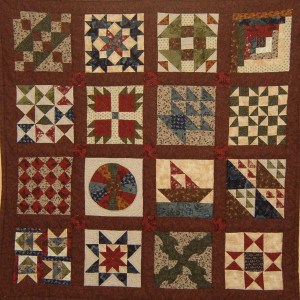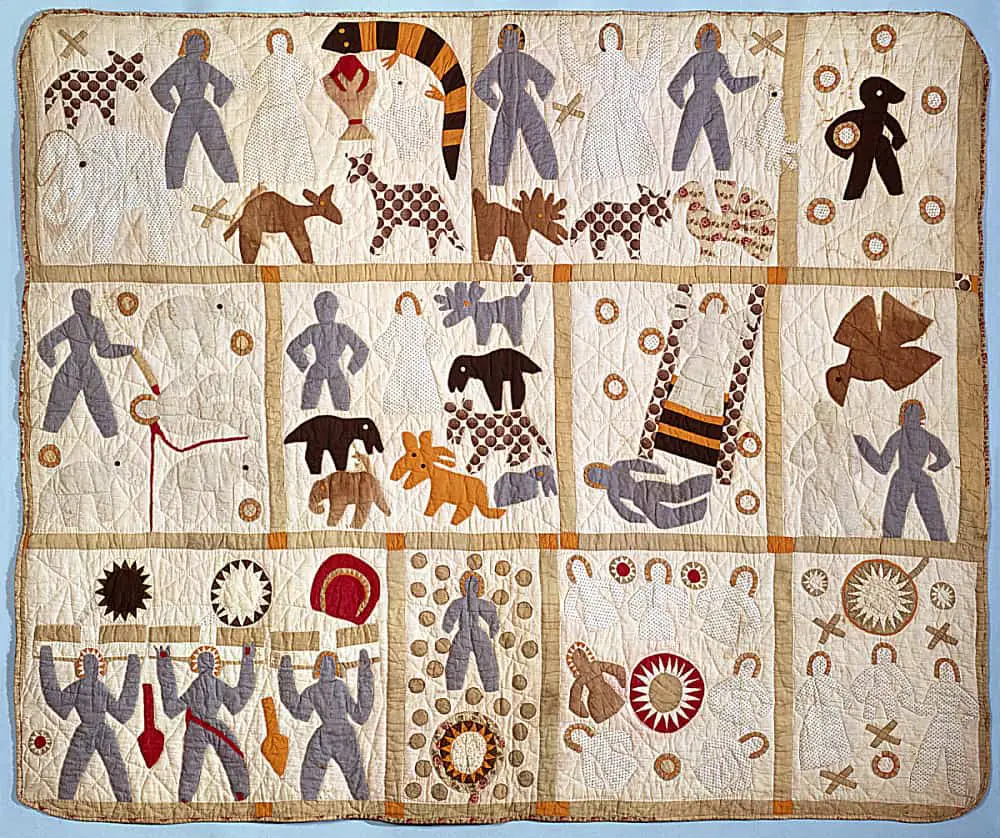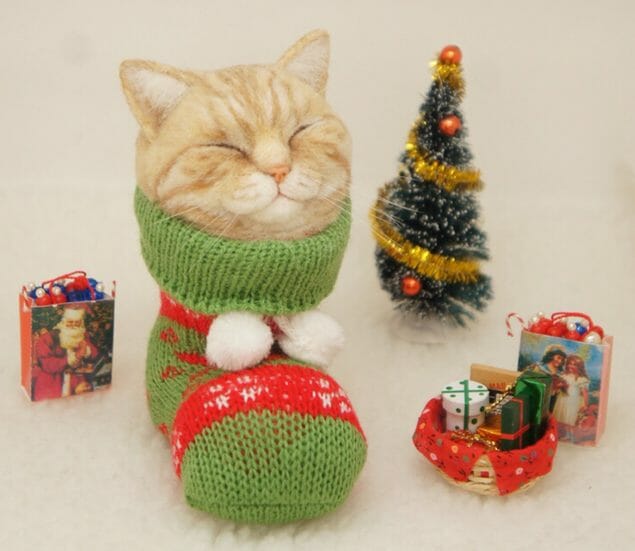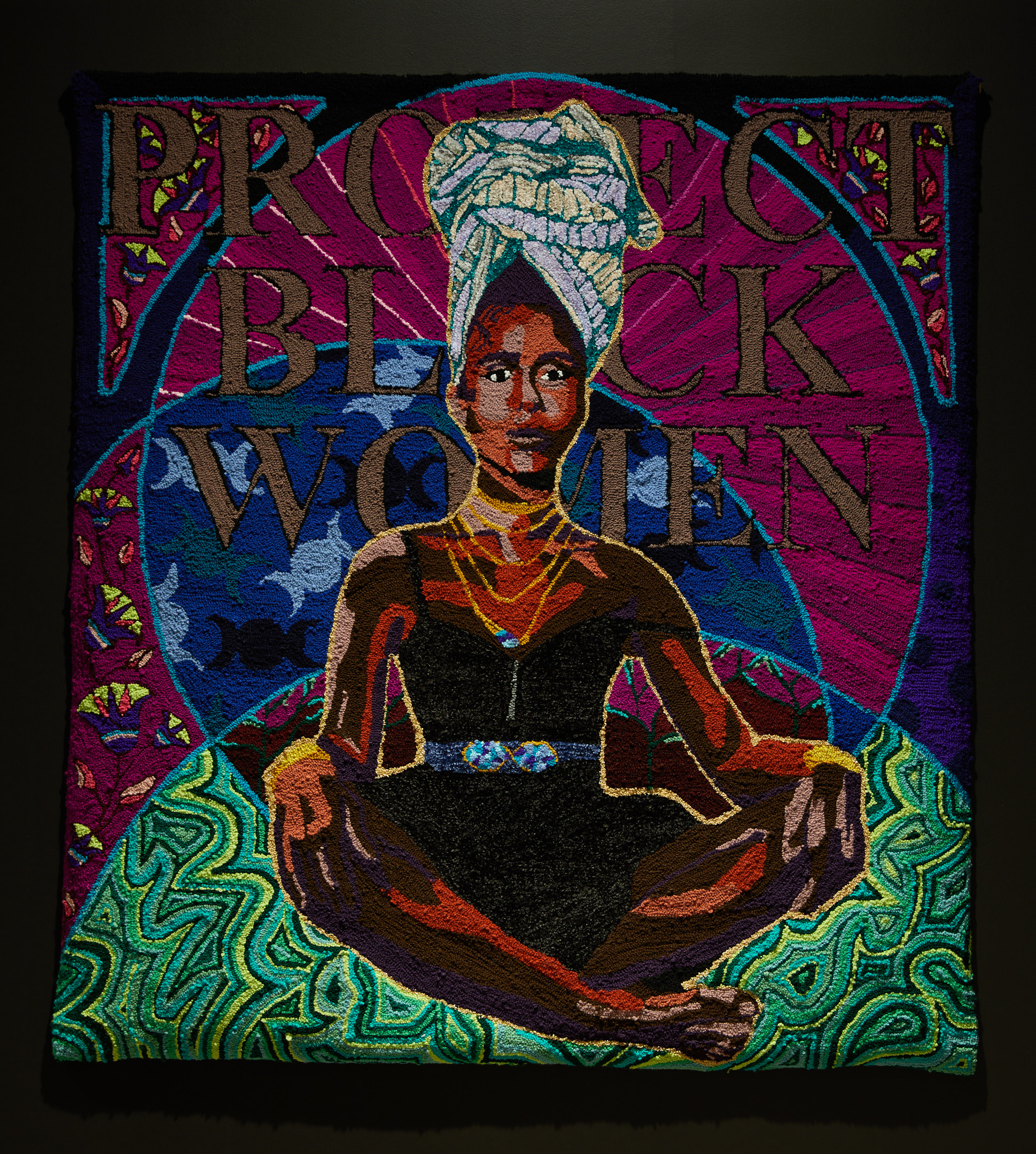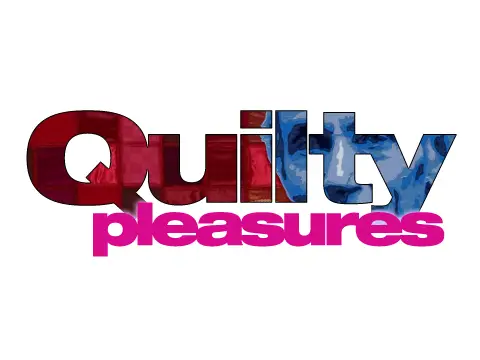
Quilting and Enslavement
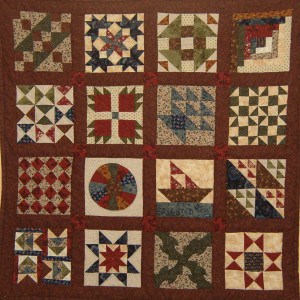
We are in times of incredible change. This has led me to want to write on a topic I have long been intrigued and interested in; quilts of enslaved women in the history of the United States. It is a rich and powerful example of strength and art and rebellion, all woven into a quilt. These quilters were skilled and, eventually, empowered to take their skills and assist in the fight for freedom with the Underground Railroad. I only wish there were more stories! I should note that I am providing a general look at quilts and African American women with information readily available. I am not directly quoting anything but encourage you to look around for more information! This is a short article, just to introduce you to this complex topic. Below is a picture of a quilt, found on Antique Roadshow, dated about 1830 and made by an enslaved woman.
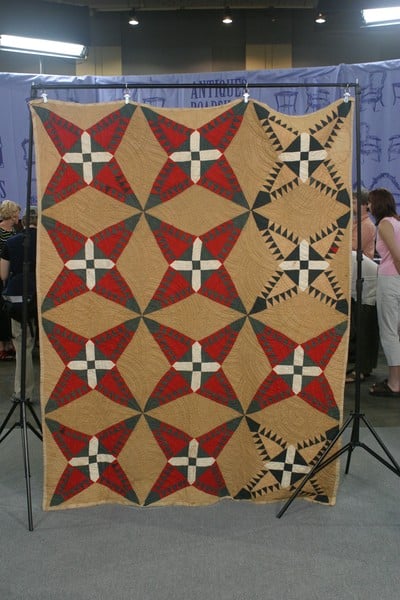
When I first embarked on this research I did not realize that the enslaved women were the weavers, spinners, and quilters for their “owners.” They created the textiles used in the “owners’” households. These were presumably skills they were taught under enslavement. Many women took those skills and created quilts that told their family’s stories, or their own story, even after freedom was won. Below is a quilt by Harriet Powers, previously enslaved. (In this article by the National Museum of American History you can read more about the quilt and Harriet Powers).
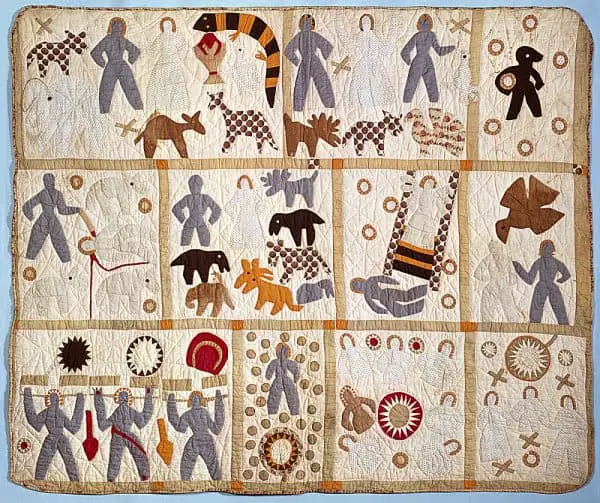
With the Underground Railroad these women also employed their skills for rebellion, utilizing hidden information. It seems as though hidden messages in quilts, during the fight for freedom, was not widely known until the 1990s, and not even known to the much of African American quilting community. Quilt blocks we take as just traditional, historic, suddenly became much more. Fro example, the Drunkard’s Path indicated that the person escaping may be followed by dogs and should use sort of a zig zag traveling pattern. This is according to Sharon Tindell. You can read an incredibly enlightening article about quilts here. Below is a picture of a Drunkard’s Path quilt. I was unable to find a historical one from the time period under discussion.
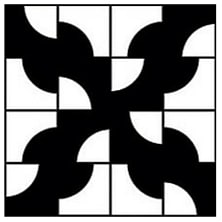
There are secret meanings connected to the Log Cabin, Bear’s Paw, Shoofly, Monkey Wrench and even Double Wedding Ring. In a very useful pdf page you can get the patterns and work on your own Underground Railroad quilt. In doing so maybe we can connect with this history and those brave resilient women. I know this is going to be my next quilt. Below is an example of a Underground Railroad quilt, found on the site Teaching for Change.
